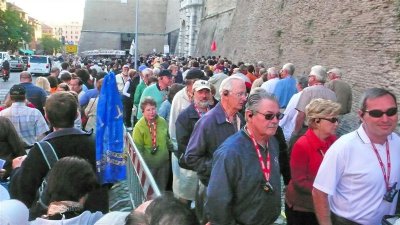
Lined up into Museum P1030694.jpg |

P1030696.jpg |
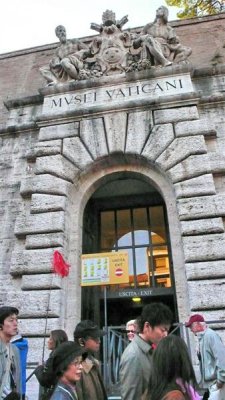
Museum Entrance P1030695.jpg |

Waiting for entrance P1030697.jpg |
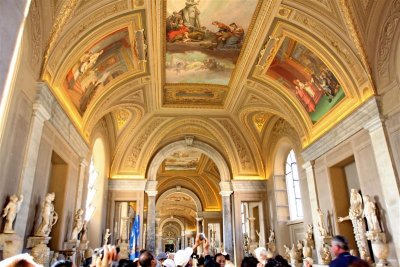
IMG_1050.jpg |
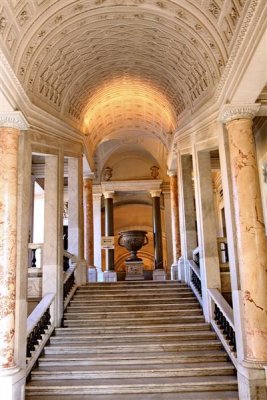
IMG_1049.jpg |
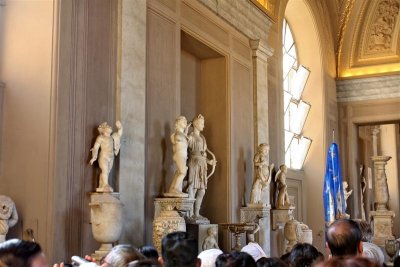
IMG_1051.jpg |
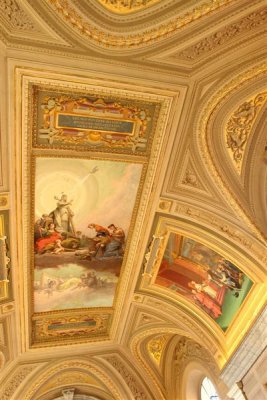
IMG_1055.jpg |
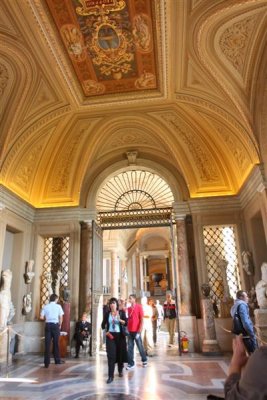
IMG_1057.JPG |

IMG_1058.jpg |
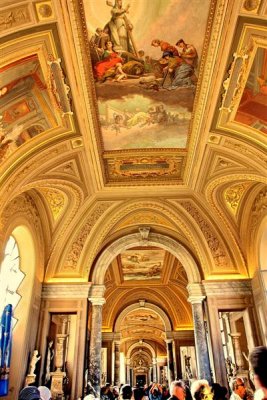
IMG_1061.jpg |
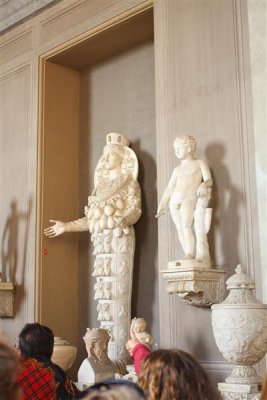
IMG_1062.jpg |
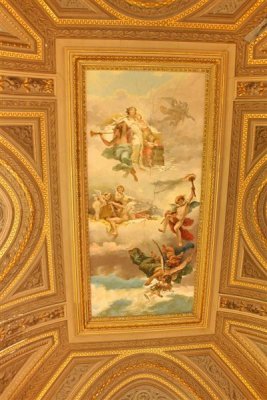
IMG_1065.jpg |

IMG_1071.jpg |
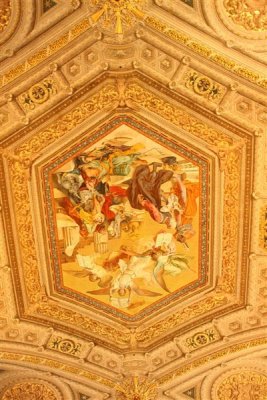
IMG_1072.jpg |
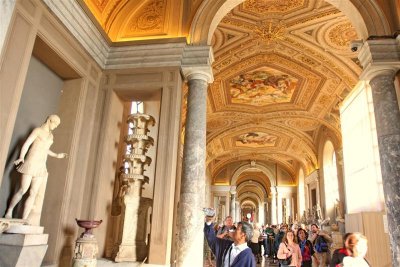
IMG_1073.jpg |
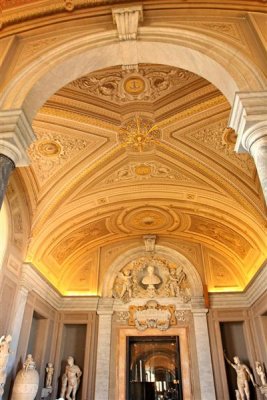
IMG_1076.jpg |
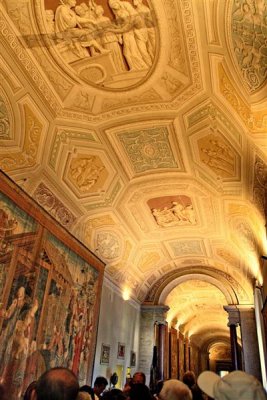
Tapestry Gallery. Raphael's IMG_1078.jpg |
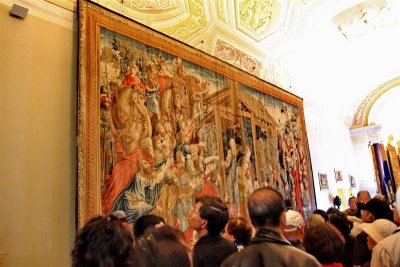
Raphael's IMG_1079.jpg |
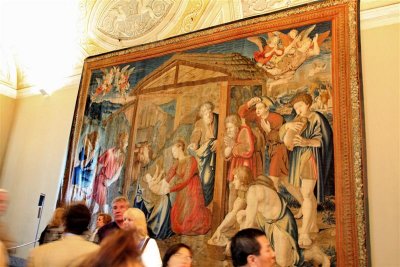
The Birth of Christ IMG_1080.jpg |
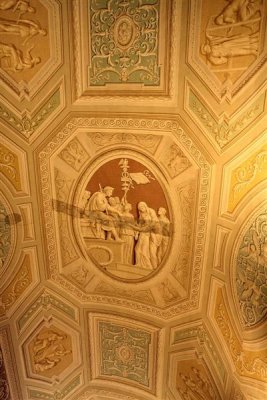
IMG_1081.jpg |
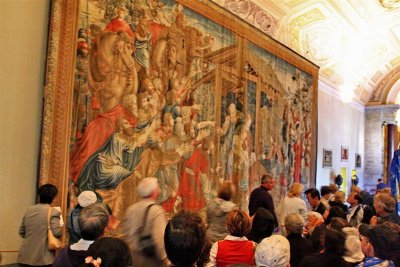
Raphael's IMG_1082.jpg |
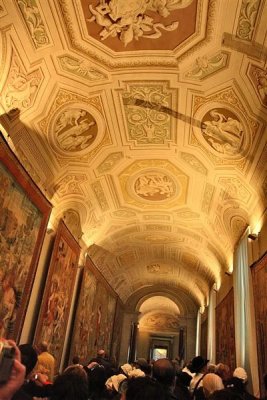
IMG_1086.jpg |

IMG_1090.jpg |
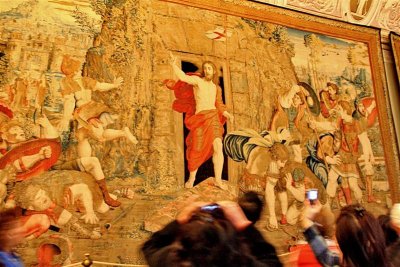
Resurrection IMG_1092.jpg |
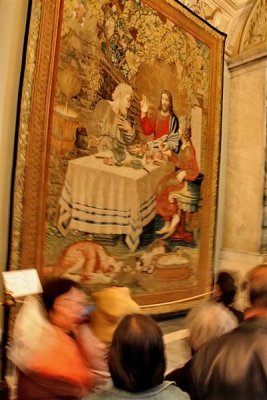
Brussel's Emmaus IMG_1096.jpg |
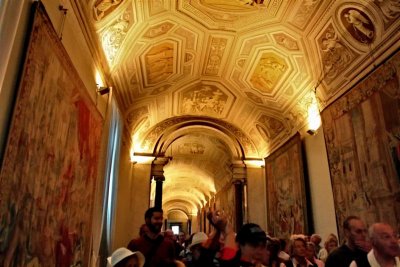
IMG_1100.jpg |

IMG_1102.jpg |
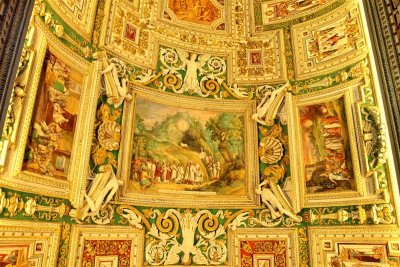
IMG_1103.jpg |
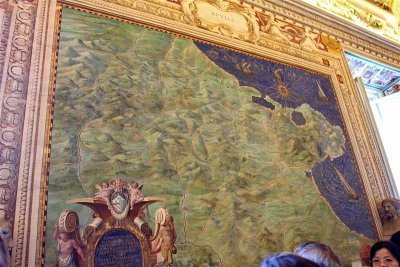
Gallery of Map IMG_1104.jpg |
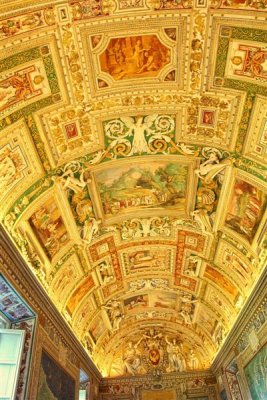
IMG_1105.jpg |
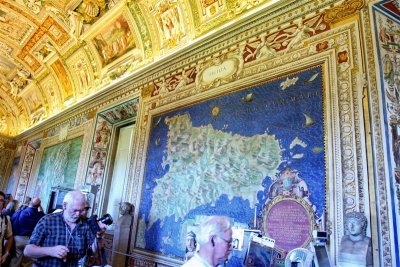
Gallery of Maps IMG_1106.jpg |
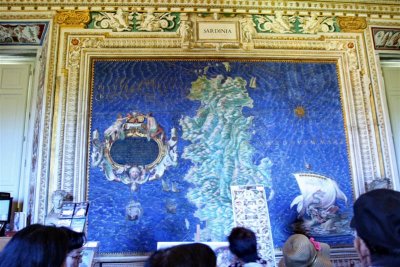
Gallery of Maps IMG_1109.jpg |
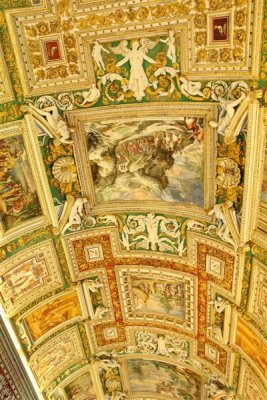
IMG_1110.jpg |
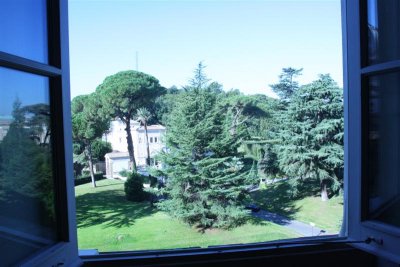
Pope's garden outlook IMG_1111.JPG |
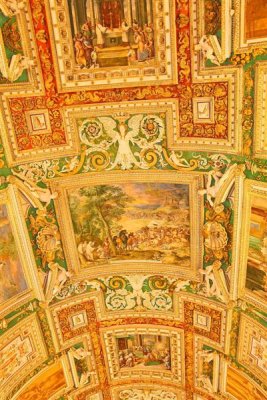
IMG_1115.jpg |
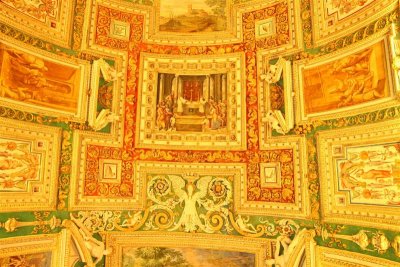
IMG_1116.jpg |
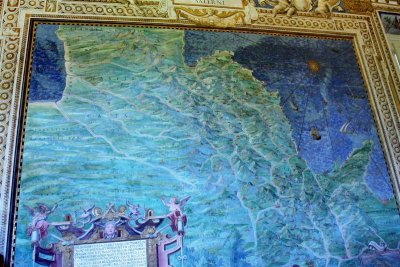
Gallery of Map IMG_1117.jpg |

IMG_1118.jpg |
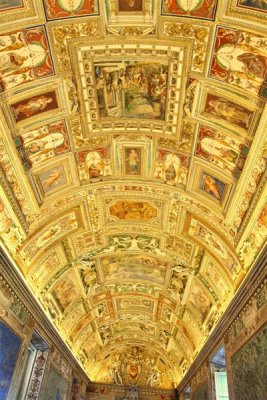
IMG_1119.jpg |

IMG_1120.jpg |

P1030742.jpg |
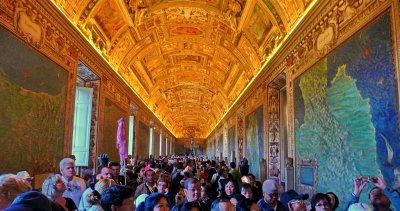
P1030745.jpg |

P1030750.jpg |
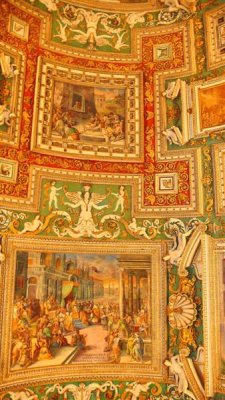
P1030754.jpg |

IMG_1122.jpg |
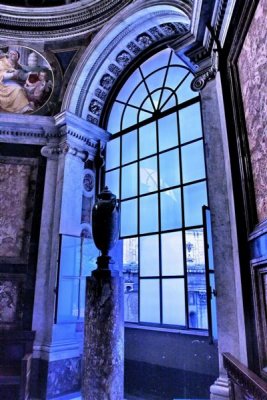
IMG_1124.jpg |
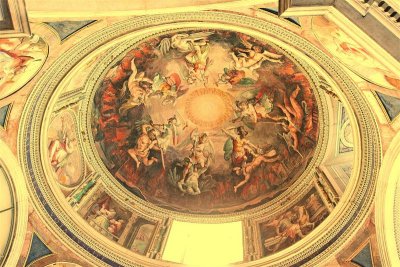
IMG_1125.jpg |
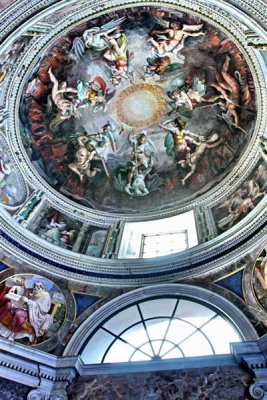
IMG_1126.jpg |
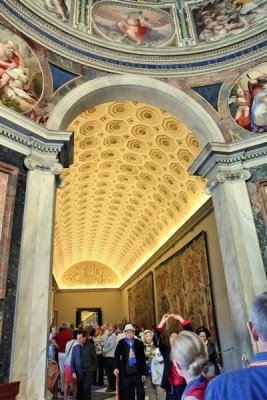
IMG_1127.jpg |

IMG_1128.jpg |
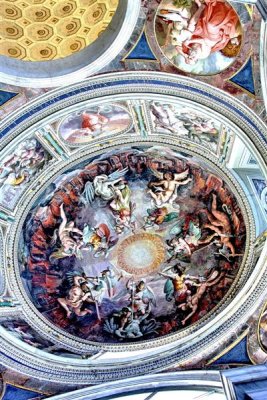
IMG_1129.jpg |

Exit out of Sisteen Chapel IMG_1144.jpg |

Out of the museum, lined up for the Catacomb IMG_1149.jpg |
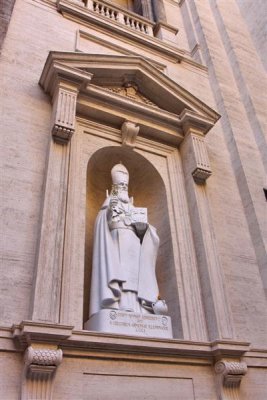
Out of the museum, lined up for the Catacomb IMG_1150.jpg |
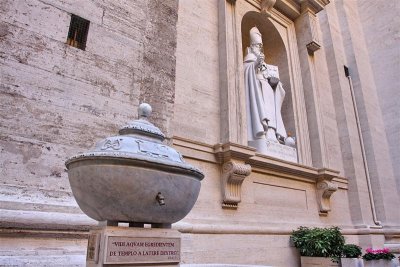
Out of the museum, lined up for the Catacomb IMG_1151.jpg |
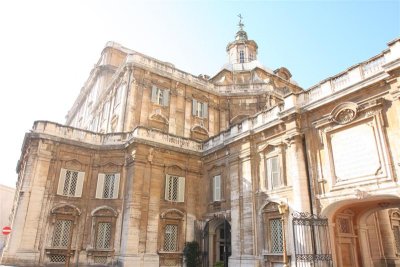
IMG_1157.JPG |
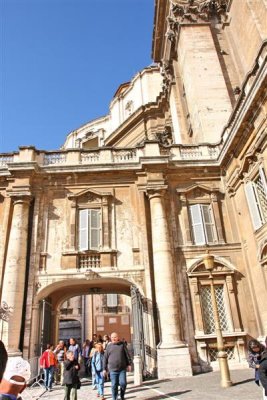
IMG_1158.jpg |
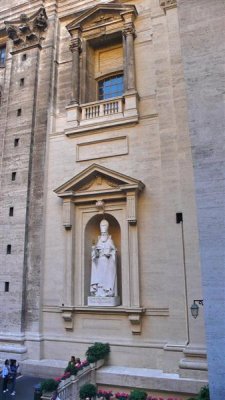
Out of the museum, lined up for the Catacomb P1030756.jpg |
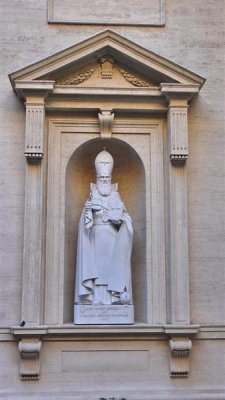
Out of the museum, lined up for the Catacomb P1030758.jpg |

Exit to St Peter Square P1030764.jpg |

Out of the museum, lined up for the Catacomb P1030765.jpg |

Waiting courtyard P1030772.jpg |
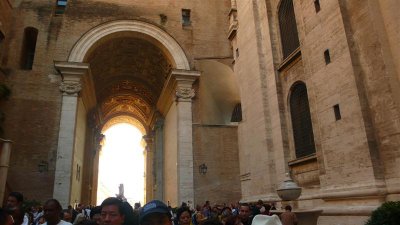
Exit to St Peter Square P1030779.JPG |

P1030782.jpg |
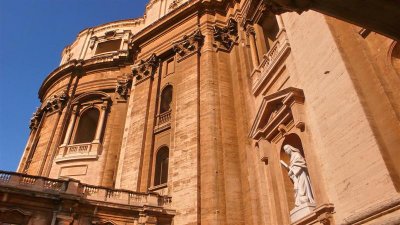
Exit out to St Peter Square P1030783.jpg |
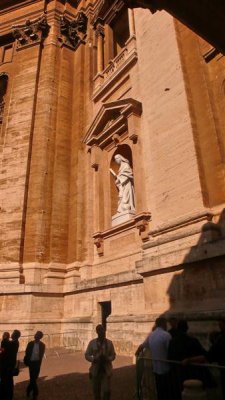
Exit out to St Peter Square P1030784.jpg |

Exit out to St Peter Square P1030785.JPG |

Exit out to St Peter Square P1030792.jpg |

Front of Vacitan museum P1030690.jpg |











